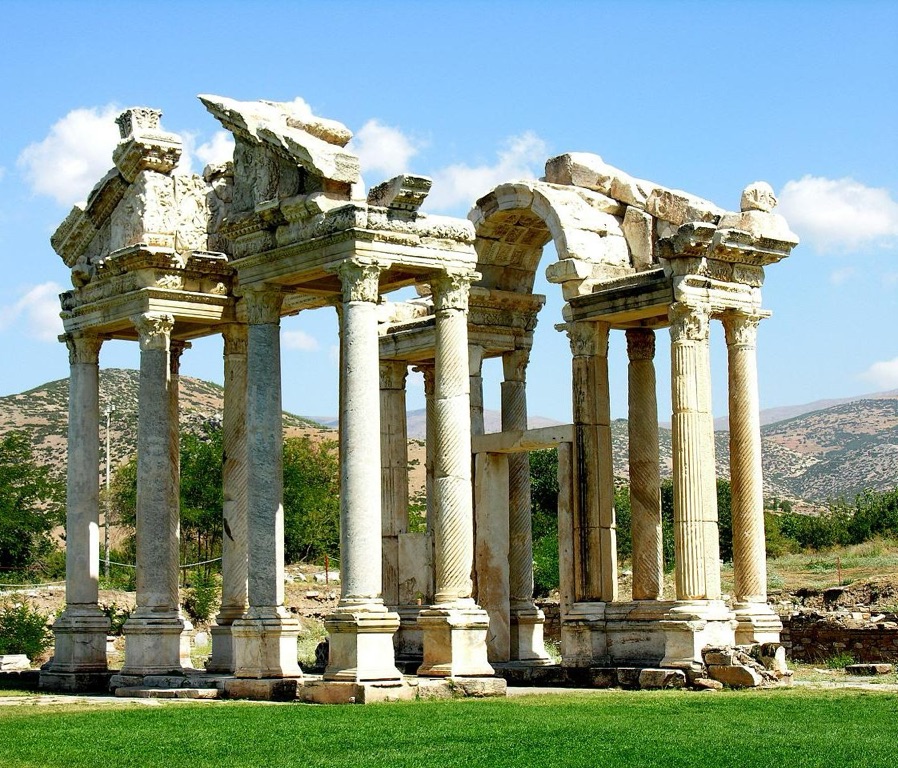The Tetrapylon of Aphrodisias is a monumental gate located in the ancient city of Aphrodisias, now in modern-day Turkey. This impressive structure, built in the 2nd century AD, served as a ceremonial gateway to the sanctuary of Aphrodite, the Greek goddess of love and beauty. The Tetrapylon, meaning ‘four gates’, was so named because of its four-sided design, with each side having a row of four columns. The gate was intricately decorated with sculptures and reliefs, showcasing the architectural prowess of the ancient Romans. Despite being destroyed by an earthquake in the 7th century, the Tetrapylon was reconstructed in the 20th century, and today stands as a testament to the grandeur of the ancient city of Aphrodisias.
Ancient Romans
Ancient Roman Historical Sites and Ruins
Ancient Roman Mythology
| Jupiter |
| Juno |
| Neptune |
| Minerva |
| Mars |
| Apollo |
| Venus |
| Diana |
| Vulcan |
| Vesta |
| Ceres |
| Mercury |
| Pluto |
| Janus |
| Bacchus |
| Saturn |
| Cupid |
Roman Artifacts
| The Pilate Stone |
| The Lycurgus Cup |
| Scorpio (weapon) |
| Vindolanda Tablets |
Historical Figures
| The Full List of Roman Emperors |
| Nero |
| Julius Caesar |
| Marcus Aurelius |
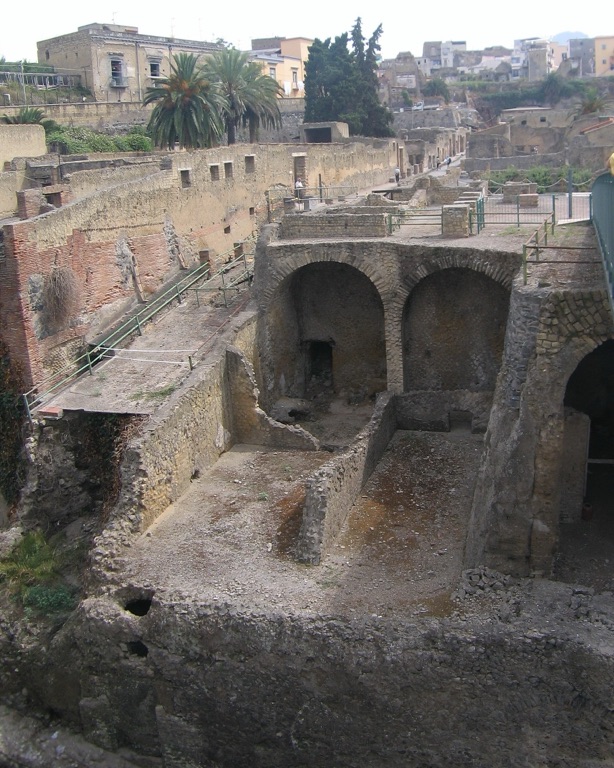
The Herculaneum Ruins
The Herculaneum ruins stand as a poignant testament to the devastating power of Mount Vesuvius in 79 AD. This ancient Roman town, once a vibrant seaside resort, was buried under volcanic ash in the same eruption that destroyed Pompeii. Unlike Pompeii, however, Herculaneum was encased in pyroclastic material, which preserved wooden structures and household items in remarkable detail. Today, the site offers an intimate glimpse into the daily lives of its former inhabitants. Visitors can walk down the old streets, step into well-preserved homes, and marvel at stunning frescoes and mosaics that have survived the test of time.
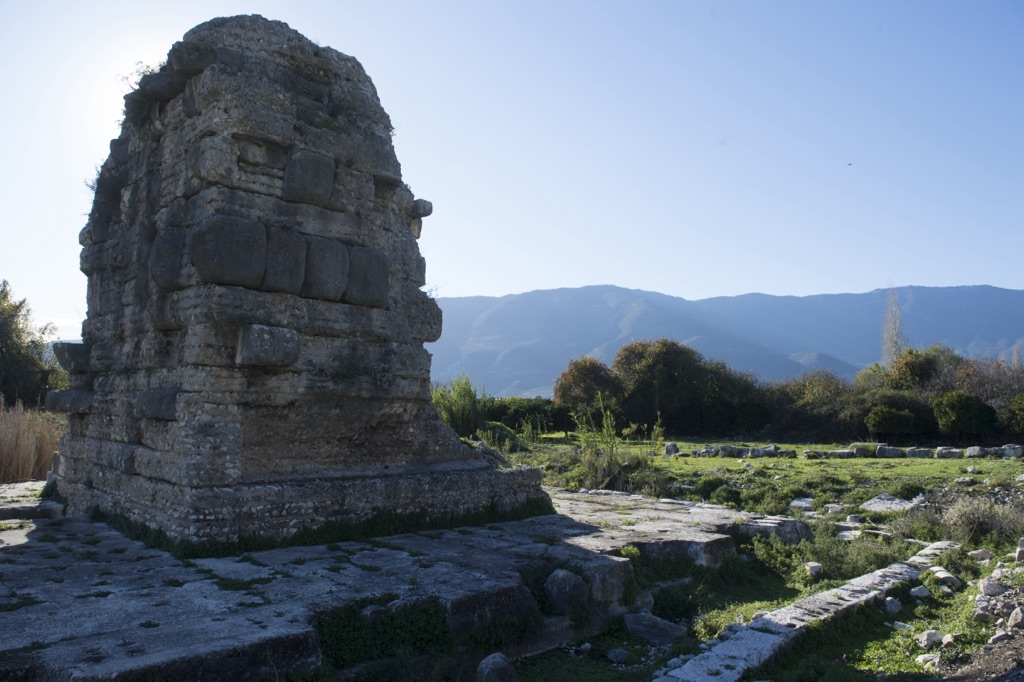
The Cenotaph of Gaius Caesar
The Cenotaph of Gaius Caesar stands as a testament to the far-reaching influence of Ancient Rome and the Julio-Claudian dynasty. Gaius Caesar, the beloved grandson of Augustus, the first Roman Emperor, was groomed for leadership but met an untimely death, leaving behind a legacy shrouded in both grand potential and sudden tragedy. This cenotaph, a monumental empty tomb, symbolizes the mourning of a future emperor that never was, captivating visitors with tales of what might have been. It holds a dual narrative of rich Roman history and the personal story of a promising life cut short.

The Roman Catacombs
As an underground symbol of early Christian life, the Roman Catacombs represent a remarkable segment of human history. These ancient burial sites, carved beneath the city of Rome, allow visitors to step back in time. Within the labyrinthine network, people can explore the corridors where early Christians practised their faith in secret. The catacombs hold the art, inscriptions, and tombs of martyrs, providing a powerful testament to religious devotion during times of persecution. They are not only a sacred pilgrimage destination but also a significant historical and archaeological resource, shedding light on the rituals and artistry of a past era.
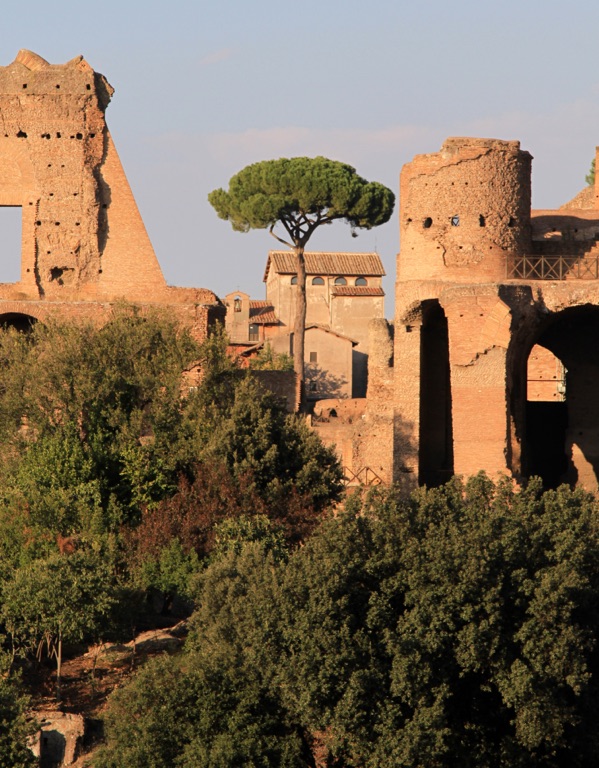
Domus Severiana Palatine Hill
The Domus Severiana stands as a testament to ancient Rome’s architectural ingenuity. Resting on the south-eastern edge of Palatine Hill, this expansive extension of the Roman Emperors’ residence overlooks the Circus Maximus and the Roman Forum. Historians and archaeologists believe Emperor Septimius Severus commissioned the grand structure in the late 2nd and early 3rd century AD. The complex showcases the Roman flair of merging form and function, as Severus aimed to solidify both his legacy and the Domus Augustana complex. The palatial remains encourage visitors to ponder the sheer scale of ancient engineering and the lifestyle of imperial Rome.
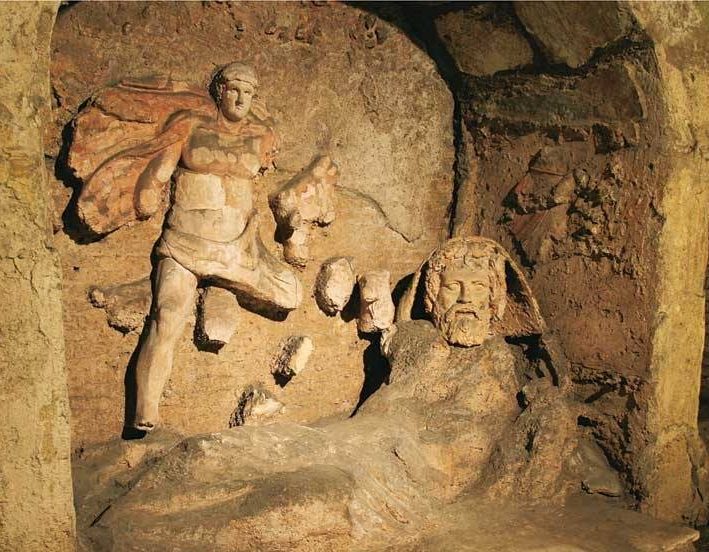
Mithraeum of Santa Prisca
Beneath the bustling streets of Rome lies the ancient Mithraeum of Santa Prisca, a subterranean temple dedicated to the god Mithras. This mysterious cult site dates back to the 2nd century AD, offering a rare look at the religion that rivaled early Christianity. Visitors can explore the remaining artifacts that highlight Mithraic rituals, such as the iconic image of Mithras slaying the bull. The preservation of the frescoes and the layout of the site provide valuable insights into the secretive gatherings that once took place here, evoking intrigue and fascination among history enthusiasts.

